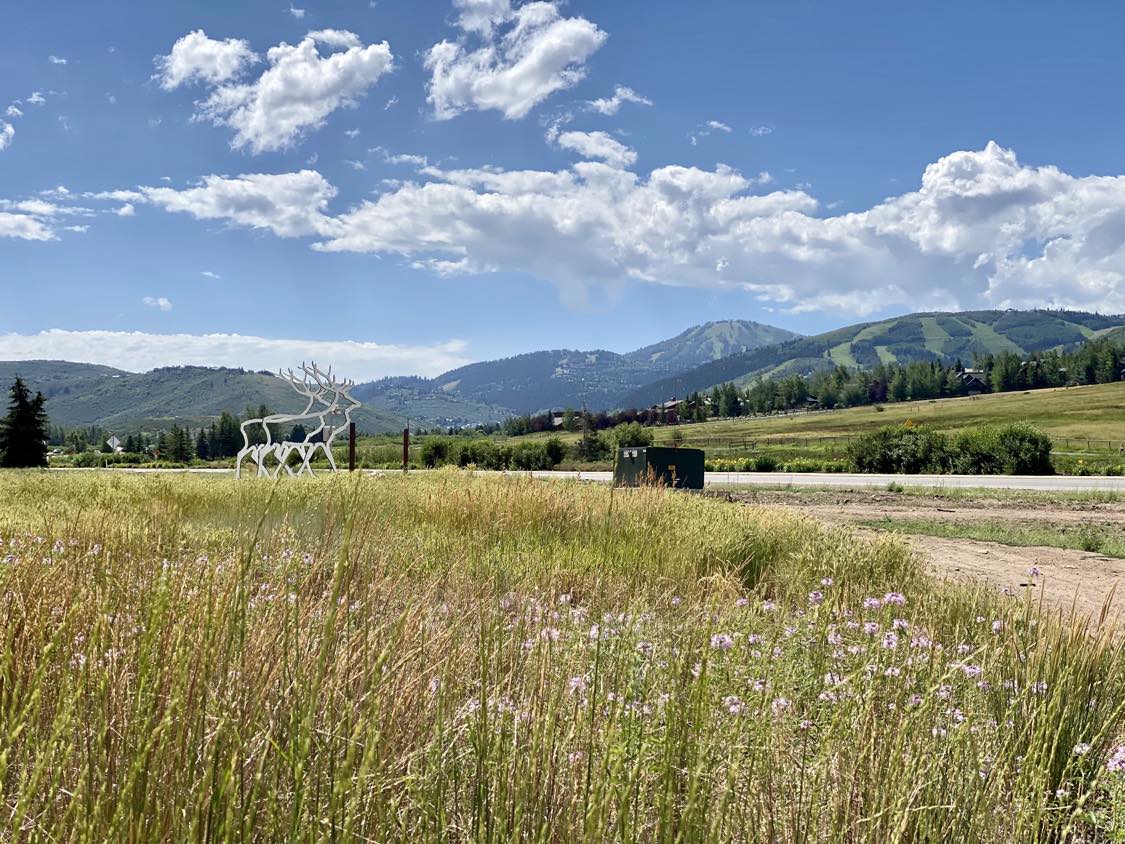Save people. Save wildlife.
The mission is clear enough, yet the Summit County nonprofit and the Utah Department of Transportation have found themselves at odds despite their shared goal of preventing ongoing conflicts between motorists and animals on roadways throughout the state.
Save People Save Wildlife, primarily concerned about the Park City area, has been a staunch advocate for a wildlife crossing over S.R. 224 to help solve the problem. The corridor has an average of 30,000 road trips a year and has been identified as the fifth-worst highway in the state with 2.97 vehicle-wildlife collisions per mile.
However, UDOT officially rejected the concept this month because state officials feel the high-cost structure would not do enough to address the issue.
Region 2 Director Rob Stewart opened a multi-agency discussion with Summit County officials and Park City Municipal, as well as High Valley Transit and the Utah Department of Wildlife Resources, this month denying support for the wildlife crossing.
John Gleason, a spokesperson for UDOT, said the decision came after quite a bit of analysis. He said state officials have worked with various experts to determine if a wildlife underpass or overpass, expected to cost tens of millions of dollars, would be feasible on S.R. 224.
“We’re not convinced it would accomplish the goal,” he said. “It would transport the animals into a neighborhood and that wouldn’t be a safe place for them to go. You would just be transferring the issue over.”
Save People Save Wildlife was disappointed by the news after five years of meetings with UDOT and other transportation groups to discuss the wildlife crossing concept.
The advocacy group and its supporters have raised at least $260,000 for the cause since forming in 2015. They also sent hundreds of letters of support to Park City Mayor Nann Worel, and have urged local and state officials to be more proactive in pursuing grants to help fund a wildlife crossing.
The nonprofit last year commissioned several wildlife silhouettes in the corridor to help raise awareness about the large wildlife collisions but those involved in the effort say it’s not enough. An overpass with wildlife fencing reduces vehicle-wildlife collisions by 90%, according to Save People Save Wildlife.
“While this is not the outcome our wildlife and community deserve, we remain advocates for protecting our precious wildlife. As we approach the 2034 Winter Olympics, Utah and how it manages environmental issues will be on the world stage,” the nonprofit said in a statement. “This is an opportunity for government agencies to demonstrate leadership by prioritizing the protection of wildlife as much as we protect open space.”
Gleason affirmed that UDOT is still pursuing other mitigation strategies along S.R. 224 even though it’s not recommending a wildlife crossing. The state transportation agency last year lowered the speed limit to 45 mph and placed signage alerting drivers of potential wildlife in the area.
UDOT isn’t sure yet how much those efforts have helped. It takes about three years of monitoring to determine the effectiveness.
It’s possible state transportation officials will consider other mitigation strategies such as wildlife fencing or new technology designed to detect wildlife near a roadway and alert drivers to their presence.
There is no timeline for when those projects could be deployed, but they may be folded into other roadway work such as the Bus Rapid Transit Project on S.R. 224. The construction would add a dedicated lane for public transit vehicles. It could open late next year.
Gleason said the state agency has to take a broad approach in determining where taxpayer dollars can make the biggest impact throughout Utah — not just Summit County. He recognized the significant number of collisions in the S.R. 224 corridor.
UDOT is working to receive federal funding for a wildlife crossing at the intersection of Interstate 80 and I-84 near Echo Junction. State officials plan to pursue other grant opportunities, too.
The wildlife overpass on I-80 at Parleys Summit is the largest crossing in the state. It cost $5 million and was completed in December 2018. Most wildlife crossings in Utah are underpasses.
Save People Save Wildlife will continue collaborating with stakeholders to develop solutions that reduce wildlife-vehicle collisions on S.R. 224, the nonprofit said. UDOT welcomes the ongoing dialogue.

